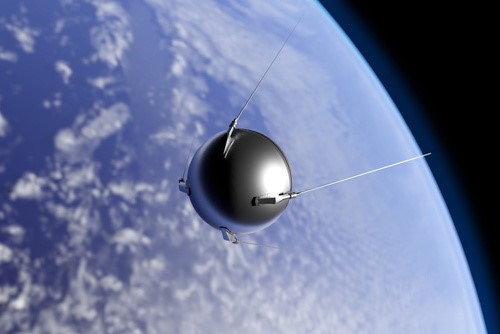Optical instruments are important to understand and handle light (or more broadly electromagnetic radiation) in highly regulated sectors such as space and defense. Their manufacturing therefore comes with a range of technical characteristics to meet, such as stiffness, strength and stability.
To increase operators’ chance to have an optical device that perfectly meets the requirements imposed by the industries in which they will be used, 3DCeram launches 3DOptic, a new range of optical substrate adapted to the most complex environments for space and defense applications.
In its Opinion of the Week, 3DCeram’s co-president was talking about new ways the company will rethink its ceramic 3D Printing business model.
With the launch of this new service, the company’s goal is to produce “custom made” ceramic optical substrates by decreasing and simplifying various steps of the manufacturing process. These steps consist in reducing the 3D Printing process, reducing the polishing step by decreasing the roughness to few nanometers, reducing the coating stage by applying a metallic deposition to improve the spectral reflectance, as well as achieving the integration of the interface – commonly by gluing.
“The innovation in the manufacturing process originated in how mirrors are quite lightweight: 90% of their original weight is removed using machining processes using conventional technology, thus resulting in a high risk of cracks in the ceramic. Consequently, the process developed by 3DCERAM relies on the ability to directly 3D print the 10% of material that is required, rather than milling 90% of the ceramic to create a net-shape mirror”, said the company in a press communication.
By taking advantage of this new service, customers can:
- Explore new ways of mirror design.They will be able to utilize semi-closed back structures, integrated interface as well as conformal ribs;
- Easily decrease the risk of issues occurring during manufacturing;
- Open up new possibilities for instruments. Indeed, the new range of instruments can include compact solutions with integrated functions (thermal insulator, cooling channel…), and parts with new properties such as the limitation of mechanical & thermal interfaces or the optical function as a structural device.
Last but not least, this “design to print” solution will not require any additional costs compared to traditional costs.
Remember, you can post free of charge job opportunities in the AM Industry on 3D ADEPT Media or look for a job via our job board. Make sure to follow us on our social networks and subscribe to our weekly newsletter : Facebook, Twitter, LinkedIn & Instagram ! If you want to be featured in the next issue of our digital magazine or if you hear a story that needs to be heard, make sure to send it to contact@3dadept.com






